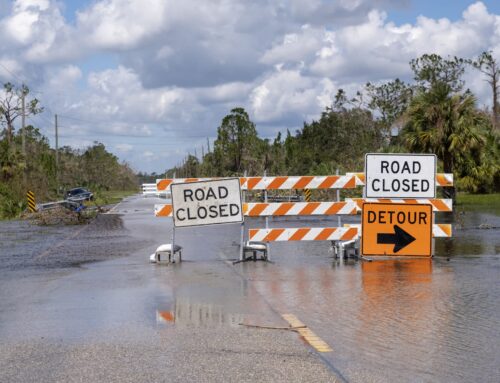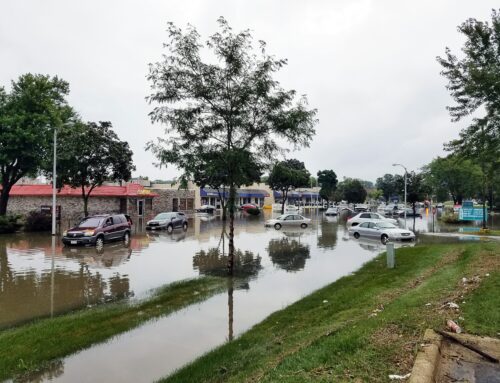The record-breaking floodwaters that soaked Cincinnati last month should serve as the latest warning that unless Congress reforms and renews the nation’s debt-ridden flood insurance program, more than 33,000 Ohioans may be unable to rebuild after the next storm strikes.
The National Flood Insurance Program (NFIP), which provides flood coverage to more than 22,000 communities across the country, expired last fall and is billions of dollars in debt to U.S. taxpayers. Due to inaction in the U.S. Senate, lawmakers have been forced to issue a series of short-term extensions to keep the broken program afloat. But with the next deadline rapidly approaching, the Senate must act now to address the NFIP’s mounting debt and ensure it is sustainable in the future.
The Senate can start by passing a legislative package similar to the 21st Century Flood Reform Act, a bill that passed the House of Representatives last fall and includes several significant reforms that address the program’s mounting debt.
One important aspect of the bill would clarify that property owners in flood zones can use private flood insurance to satisfy the federal lending requirement. More competition in the flood insurance marketplace would result in additional consumer choice, better rates and higher coverage limits, making rebuilding easier for Ohio’s home and business owners after the next storm strikes.
This technical correction to the nation’s current flood law would also shift risk off of taxpayers, helping stabilize the flood program and reduce the burden on taxpayers. In fact, a recent analysis by the Reinsurance Association of America found that Congress could save the NFIP billions of taxpayer dollars and improve its long-term financial strength by allowing more private sector insurers to enter the flood insurance marketplace.
Even with nearly 33,000 NFIP policies, too few Ohio residents have purchased flood insurance. Some residents may avoid the NFIP because the one-size-fits-all policy fails to provide homeowners with the coverage they need at a price they can afford. Expanding the flood insurance market with more private insurance options would encourage more residents to purchase flood coverage since policies could be tailored to individual properties.
In addition to opening the flood insurance marketplace to more private insurers, there are several other reforms that the Senate should pursue to help better protect people and property at risk of severe storms – several of which were included in the House legislation.
One desperately needed reform is to update FEMA’s flood maps so they use the most accurate risk-assessment tools and modern technologies. Updated flood maps would give property owners an accurate picture of how vulnerable their property is to flooding and would help them take the appropriate measures to prepare for future storms. It would also help ensure that rates more accurately reflect the risk a property faces.
The NFIP should also be reformed to incentivize storm mitigation efforts. Studies show that every dollar spent on mitigation efforts leads to six dollars in reduced future disaster costs. Taking proactive measures would not only save lives but would prevent costly property damage in the future.
Floods have hit Cincinnati hard in recent years, and unfortunately, major storms will likely continue to hammer the city and rest of the country for the foreseeable future. The time has come for the Senate to tackle these NFIP reforms to ensure homeowners suffering from flood damage are not left hanging out to dry.











Get Social